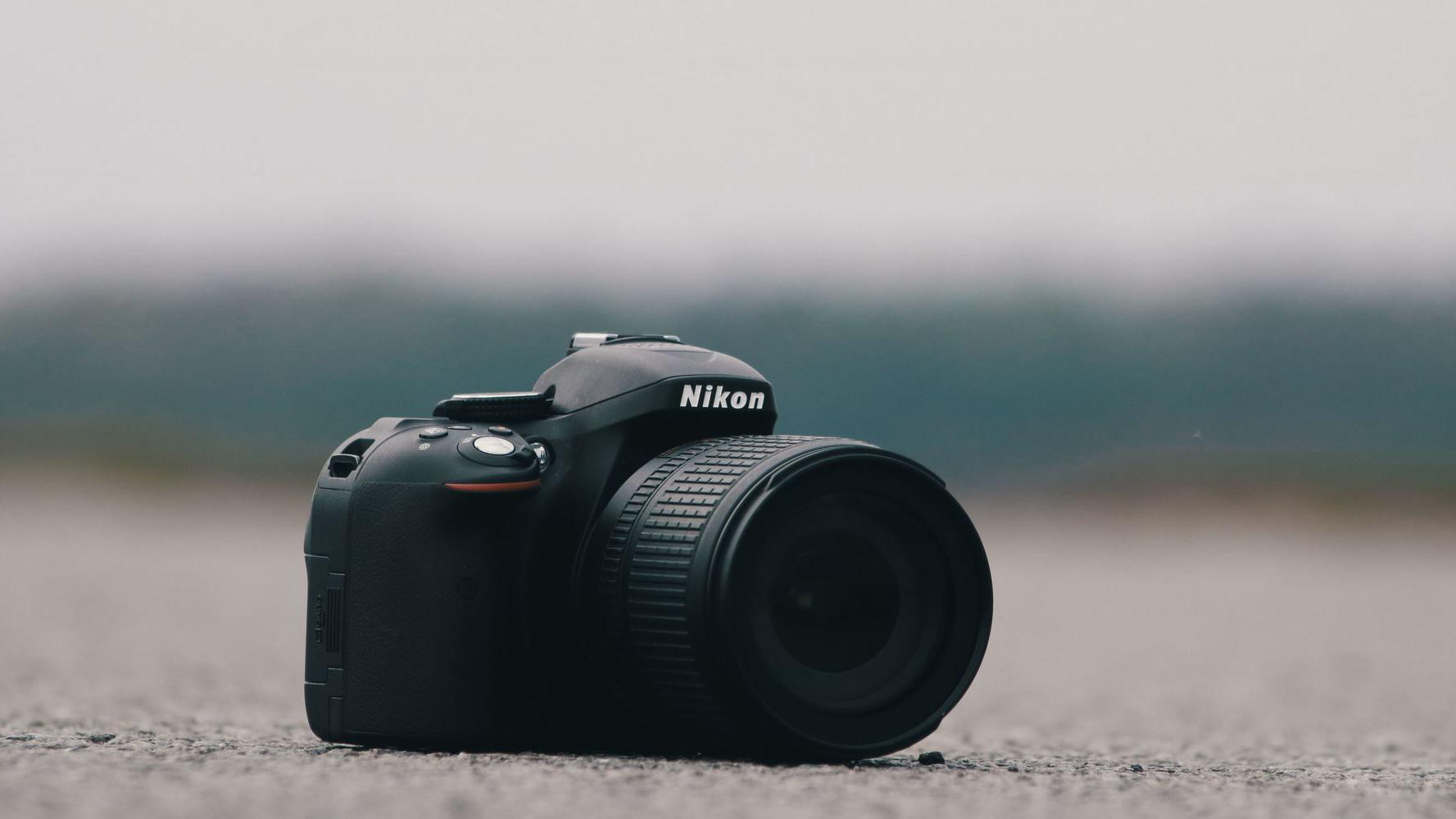Getting the capture date in a .NEF Nikon raw file with python

While importing all of my Google Photos into my local library in the process of deleting everything, I needed to get the capture times of about 20k .NEF files from my library. I used those to compare files with the same name (DSC_1000.jpg DSC_1000.NEF) to verify if these are in-fact the same files or just have the same serial number.
Because I am also learning python (great language btw), I am processing everything in python.
So assuming you have a list of .NEF files, this is how you can get the capture date out of the files
def NEF_date_of_cap(path):
"""very hacky, but I am just interested in the capture date, don't care about the rest. This is JUST grabbing that, being very efficient but only works for NEF"""
raw_chunk = open(path, 'rb')
raw_chunk.seek(2964)
capture_date_bin = raw_chunk.read(19)
return str(capture_date_bin)[2:-1]
def make_nef_meta(path):
img_meta = [path,None,filename_from_path(path)]
#and add the capture date with the hacky binary trick
img_meta[1] = NEF_date_of_cap(path)
return img_meta
nef_meta = [make_nef_meta(img) for img in nef_files]How fast was this? Unbelievably fast compared to reading the whole file into memory and then slicing. The seek() really did it’s job.
If you have a Canon instead, it is easy to adapt this. Simply check the file with
xxd raw_file.crw | grep 2017Update
I found out that this offset depends on the camera model that you are using. I was using a D5300 but later used a D7100 and the offset was different. So I think it is best if you check with your xxd tool and get the timestamp location right. Otherwise though, it’s working just as before, once you have the exact location of the timestamp, just steal it straight from the binary instead of loading the whole file into memory first.
if you took it in 2017 for example. Then find the exact byte location of the capture date and adapt the seek() and read() statements above.